Home Speakers
Plenary Speakers
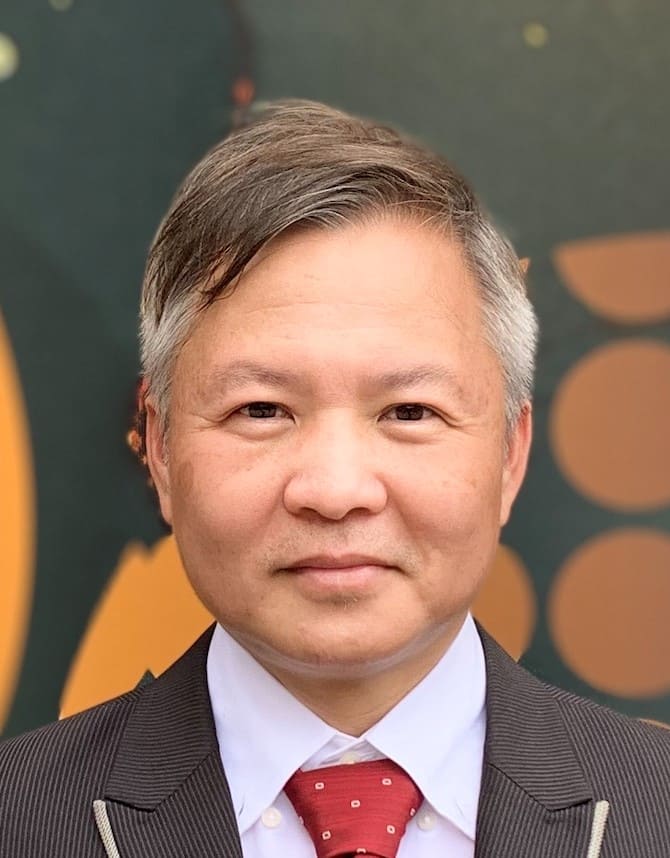
Chair Prof. and Department Chair, Ying-Hao Chu
Department of Materials Science & Engineering,
College of Semiconductor Research (joint),
National Tsing Hua University, Taiwan
Title of Plenary Speech
A New Platform for Flexible Electronics: Exploiting Muscovite Mica Heterostructures and Intercalation
Abstract of Plenary Speech
Muscovite mica is a layered silicate mineral that underpins MICAtronics, a platform essential for developing flexible electronics. It has an atomically flat surface after cleavage, enabling van der Waals heteroepitaxy, which is highly beneficial as it accommodates large lattice mismatches (up to 60%) and reduces epitaxial strain and substrate clamping. Mica shows high mechanical flexibility and optical transparency, along with excellent thermal and chemical stability. In this talk, I will first discuss the mechanical properties of muscovite. Then, I will demonstrate how to modify muscovite's mechanical and physical properties. The gaps within the mica structure act as two-dimensional confined cavities, creating an intrinsic interlayer static pressure on inserted materials (intercalants). This spatial restriction directs oriented growth, making it possible to fabricate well-ordered 3D mesocrystals, including superconductive MgB2, antiferromagnetic NiO, ferromagnetic Fe3O4, and Ag nanocrystals for SERS. Additionally, a new method for flexible crystal growth will be shown through mobility and piezoresistive sensors. In the final part of the presentation, I will focus on our recent advances in thermal actuators and sensors.
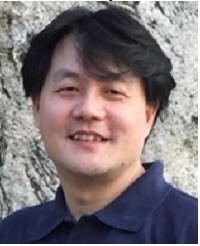
GlobalFoundries Chair Prof. Cheng-Kuo Lee
Center for Intelligent Sensors and MEMS
Department of Electrical and Computer Engineering
National University of Singapore, Singapore
Title of Plenary Speech
Wearable AI Sensors and CMOS Photonics for Future Edge AI Applications
Abstract of Plenary Speech
With the growing demand for energy-efficient AI applications, the rapid development of self-powered sensors together with edge computing and edge AI technology at the sensor nodes has led to the new era of AI sensors. Traditional sensors and sensing systems can no longer meet the demands for real-time multimodal sensing and large-scale data processing, leading to a shift towards a new paradigm of AI Sensors and Artificial Intelligence of Things (AIoT) sensing systems with integrated computational intelligence. Self-powered wearable sensors have promoted low-power or battery-free sensing platforms for applications including human-machine interaction, soft robotics, and electronic skin (e-Skin). Tactile sensors featuring artificial neuron like self-generated zero-biased signals are developed to realize synergistic sensing of multimodal information (vibration, material, texture, pressure, and temperature) in a single device will be discussed first. On the other hand, aiming at smart farming, various AIoT sensing systems have been developed recently. A multifunctional hydrogel is developed as a stable energy harvester that continuously generates direct current (DC) output with an average power density of 1.9 W°Dm-3 for nearly 60 days of operation in normal environments (24ĘJ, 60% RH). Moreover, this hydrogel enables non-invasive and self-powered monitoring of leaf relative water content (RWC), providing critical data on evaluating plant health, previously obtainable only through invasive or high-power consumption methods. The e-skin sensors for indoor and outdoor farming applications will be discussed in this talk as well.
In addition, the development of AlN/Si-based CMOS Photonics have been developed as a near-sensor edge computing (NSEC) platform pushes the boundary of real-time AI by combining electro-optic microring resonators (MRRs) and thermo-optic interferometers (MZIs) to achieve low-latency neural computation directly at the sensing layer. Demonstrated with high accuracy in multimodal gesture and gait classification tasks (96.77% and 98.31%, respectively), and achieving latency under 10 ns with energy consumption below 0.34 pJ, such platforms are paving the way for privacy-preserving, always-on AI hardware for healthcare, robotics, and immersive interaction systems. Overall, the fusion of AI-enhanced photonic sensing, on-chip neuromorphic computing, and flexible sensor integration represents a paradigm shift for future AIoT systems. As optical edge computing continues to mature, it will become a cornerstone in the transition from centralized cloud AI to energy-efficient, responsive, and context-aware edge intelligence. Looking ahead, the convergence of AI, photonic integration, and edge computing will catalyze the next wave of intelligent systems that are no longer confined to centralized data centers or limited by power and latency bottlenecks. Future AIoT architectures will evolve toward ultra-distributed networks of smart, self-powered, and self-learning sensor nodes, each capable of perception, inference, and adaptation in real time. Ultimately, the long-term vision is a world where every object, environment, and human interaction is seamlessly sensed, interpreted, and enhanced in real time.
Keynote Speakers
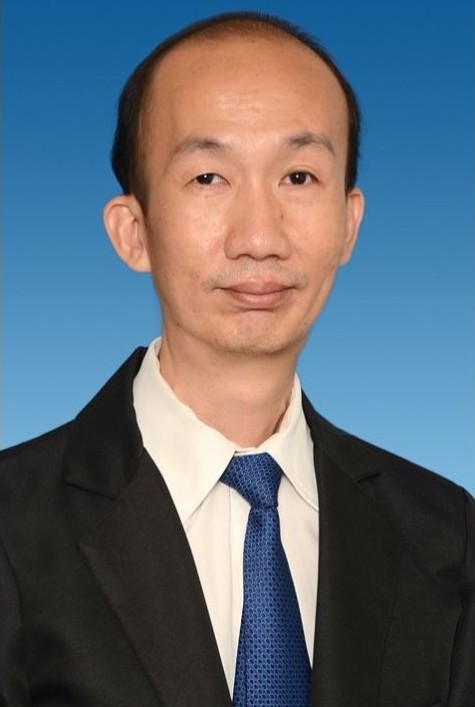
Prof. Hieng-Kiat Jun
Department of Mechanical and Material Engineering
University Tunku Abdul Rahman, Malaysia
Title of Keynote Speech
Some Insights on PEMA-based Solid Polymer Electrolytes for EDLC Application
Abstract of Keynote Speech
Electric double-layer capacitors (EDLCs) are promising energy storage devices due to their high power density, long cycle life, and reliability. Polymer electrolytes play a key role in their performance, and further improvements can be achieved through suitable additives. In this work, poly(ethyl methacrylate) (PEMA) solid polymer electrolytes incorporating sodium perchlorate (NaClO4) and 1-butyl-3-methylimidazolium thiocyanate ([BMIM][SCN]) were prepared via solution casting. The addition of [BMIM][SCN] enhanced amorphicity, polymer°Vion interactions, and thermal stability up to ~270 ĘXC. The optimized composition containing 25 wt% [BMIM][SCN] achieved an ionic conductivity of 3.15 °— 10-4 S/cm at ambient temperature. To further enhance performance, graphene was introduced into the optimized electrolyte. The resulting EDLC exhibited a specific capacitance of 5.09 °— 10-3 F/g, outperforming the graphene-free system. These findings provide insights into the synergistic effects of ionic liquid and graphene in PEMA-based electrolytes, highlighting their potential for advanced EDLC applications.
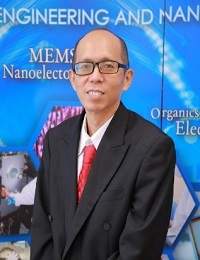
Prof. Chang-Fu Dee
Institute of Microengineering and Nanoelectronics (IMEN)
National University of Malaysia, Malaysia
Title of Keynote Speech
Low-Dimensional Materials: Synthesis, Characterization, Applications, and Computational Studies
Abstract of Keynote Speech
Low-dimensional materials are fundamental semiconductor building blocks for nanoelectronics and have attracted significant research attention over the past decade. Non-volatile memory devices based on graphene quantum dots (GQDs) and two-dimensional molybdenum disulfide (MoS2) were fabricated and characterized. Current°Vvoltage (I°VV) measurements revealed multi-stage bi-stable and tri-stable switching behaviors, demonstrating their potential as two-terminal memory elements. The devices exhibited ON/OFF current ratios with stable retention of up to 1 °— 104 seconds. Additionally, a ZnO nanorod-based field-effect transistor (FET) was developed as a human serum albumin (HSA) biosensor. A TiO₂-based interdigitated electrode (IDE) amperometric biosensor was also fabricated for detecting HSA and E. coli O157:H7. The TiO₂ nanoparticle platform enabled detection of HSA concentrations ranging from 1 mg/mL down to 1 pg/mL. Multiple devices were tested to assess stability, sensitivity, and reproducibility. After surface cleaning, the sensors demonstrated reusability with consistent I°VV profiles across five devices, confirming reliable performance.
Computational studies were conducted to complement the experimental findings. Molecular docking simulations were performed to analyze the structural and electrostatic characteristics of the antibody°Vantigen interface. The results confirmed that the APTES-functionalized TiO2 IDE surface enhances antibody binding stability at pH 7, demonstrating the effectiveness of the TiO2 platform for biosensor applications. These findings provide preliminary validation of the robust antibody immobilization on TiO2 surfaces. Additionally, first-principles calculations were carried out to investigate defects in various 2D and bulk materials. Structural stability, electronic properties, and electron localization were systematically analyzed. Using density functional theory (DFT), different phases of 2D SnGe2N4 were evaluated for catalytic water-splitting reactions. The computed reaction pathways and free-energy profiles indicate that SnGe2N4 is a promising photocatalyst for the oxygen evolution reaction (OER).
Various synthesis and fabrication techniques for low -dimensional structures have been developed to achieve high quality and low-cost production. One promising approach is the synthesis of silicon nanowires using hot-wire chemical vapor deposition (HWCVD) with an indium catalyst. In HWCVD, a heated tungsten filament decomposes silane and hydrogen gases, resulting in high-crystallinity silicon nanowires. The use of indium as a catalyst enables growth at relatively low temperatures due to its low melting point (157 ĘXC), compared to conventional metals such as gold or copper. Key growth parameters, including catalyst size, filament temperature, substrate°Vfilament distance, and deposition time, were optimized for improved nanowire formation. Subsequently, zinc oxide (ZnO) nanostructures were integrated onto the silicon nanowires to form three-dimensional heterostructured nanowires. ZnO was synthesized via vapor transport condensation and hydrothermal methods. These Si/ZnO heterostructures enhance the optical, photocurrent, and field emission properties of silicon nanowires, overcoming their inherent limitations.
Invited Speakers

Prof. Uma N. Dulhare
Computer Science & Artificial Intelligence Department
Muffakham Jah College of Engineering & Technology, India
Title of Invited Speech
AIoT-Enabled Precision Diagnostics for Early Skin Cancer Detection: A Smart Sensing and Deep Learning Approach
Abstract of Invited Speech
The convergence of Artificial Intelligence (AI) and the Internet of Things (IoT) is redefining the boundaries of precision healthcare by enabling real-time, intelligent and patient-centric diagnostics. For early skin cancer detection, AIoT-enabled precision diagnostic framework designed to bridge the gap between clinical dermatology and smart engineering systems. The proposed architecture integrates miniaturized IoT-based sensing devices including portable dermoscopic imaging units and wearable skin sensors with a cloud-edge deep learning platform. These devices continuously acquire high-resolution images and physiological signals which are transmitted through secure IoT protocols to an AI-driven precision analytics engine. The system employs convolutional neural networks (CNNs) and attention-based fusion layers to automatically detect segment and classify skin lesions into malignant and benign categories achieving real-time inference and a communication adaptive learning. From an engineering perspective, the system°¶s edge°Vcloud synergy, lightweight model optimization and energy-efficient IoT design make it highly scalable and deployable across healthcare ecosystems. By merging precision sensing hardware with AI-driven decision models this research exemplifies the future of intelligent biomedical systems where diagnostics evolve from static laboratory testing to continuous connected and adaptive healthcare environments.
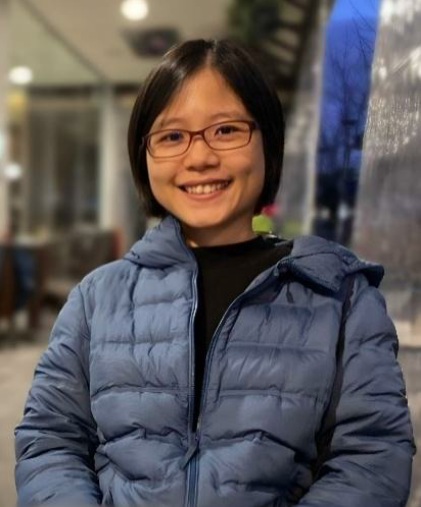
Assoc. Prof. Wei-Sea Chang
Department of Materials Science and Engineering
National Yang Ming Chiao Tung University, Hsinchu, Taiwan
Title of Invited Speech
Ferroelectric Material as Photoelectrode
Abstract of Invited Speech
It is important goal to develop a renewable means to generate hydrogen for clean energy. One potential solution serves as a method of producing green hydrogen is known as photoelectrochemical (PEC) system. We demonstrate ferroelectric materials as photoelectrode for PEC water splitting, focusing on bismuth ferrite (BiFeO3) . One of the most remarkable features of BiFeO3 is the high ferroelectric polarization. We discuss the electrical interactions between a water-based electrolyte and BiFeO3, including the effectiveness of polarization switching procedure in a liquid environment, as well as the field-effect enhancement of water splitting performance with macroscopic spatial separation between anode and cathode.
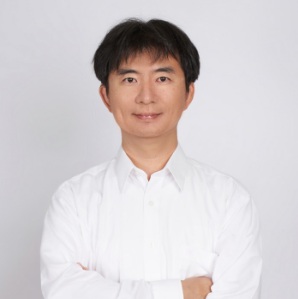
Prof. Chao-Cheng Kaun
Research Center for Applied Sciences, Academia Sinica, Taiwan
Title of Invited Speech
Computational Modeling of Nanoelectronics and Emerging Materials
Abstract of Invited Speech
Using first-principles calculations, we investigate electronic transport through MoS2-based heterojunctions for nanoelectronic applications. Effects of biasing and quantum interfering are addressed. We study the efficiencies of polymer-protected perovskite quantum dot films for LED backlighting and polymer-promoted superionic electrolyte for Mg°VO2 batteries. Effects of polymer-adsorbing and material-configuring are highlighted. Moreover, we explore the bandgap tuning of NiFeV layered double hydroxides for optoelectronic and catalytic devices. Effects of compositing and cation ordering are identified.

Prof. Ngoc Dang Khoa Tran
Faculty of Mechanical Engineering
Industrial University of Ho Chi Minh City, Vietnam
Title of Invited Speech
A compliant bistable mechanism based on stepped line profile
Abstract of Invited Speech
This study developed a new compliant bistable mechanism is formed based on the connection of horizontal and vertical bars in the up step line shape. The behavior of the mechanism is analyzed based on CBCM numerical method and compared with the finite element method. Both methods agree that the mechanism achieves two stable positions through compression and expansion of the beams. Relevant parametric investigations have been conducted to analyze the characteristics of the mechanism. A macro prototype with ABS material has been fabricated and tested to verify the theory with an error of 3%. The structure has simple properties and is convenient in manufacturing to meet the needs in aerospace, medicine and MEMS.

Assoc. Prof. Jyoti Jaiswal
Department of Physics, Rajiv Gandhi University
Rono-Hills, Doimukh, Arunachal Pradesh, India
Title of Invited Speech
Tailored 2D-MoSe2 Materials with Metal Dopants for Scalable Non-Enzymatic Biosensing Applications
Abstract of Invited Speech
Two-dimensional (2D) transition metal dichalcogenides (TMDs), particularly molybdenum diselenide (MoSe2), have emerged as promising materials for next-generation electrochemical and optical biosensing owing to their tunable band structure, high surface-to-volume ratio, and chemical robustness. Nevertheless, the intrinsic conductivity and limited surface reactivity of pristine MoSe2 necessitate further modification to enhance its sensitivity and selectivity toward specific biomolecules. In this context, MoSe2 nanostructures were doped with Ag, Au, and Ni in varying concentrations (0.5°V5%) using a scalable hydrothermal synthesis approach. The structural, chemical and electrochemical characterization revealed notable modifications in charge transfer, and electrochromic response as a function of dopant type and concentration. Among the tested compositions, 1% Ag°VMoSe2 exhibited superior non-enzymatic glucose sensing performance. Similarly, 2% Au°VMoSe2 demonstrated excellent selectivity and sensitivity toward dopamine. Furthermore, 2% Ni°VMoSe2 showed remarkable electrochemical response toward serotonin detection. These independent studies collectively highlight the potential of metal-doped MoSe2 nanostructures as versatile, multifunctional, and composition-tunable sensing materials. The findings provide critical insights into structure°Vproperty°Vfunction correlations and open new avenues for the development of scalable, enzyme-free, and cost-effective biosensors for healthcare diagnostics and environmental monitoring.